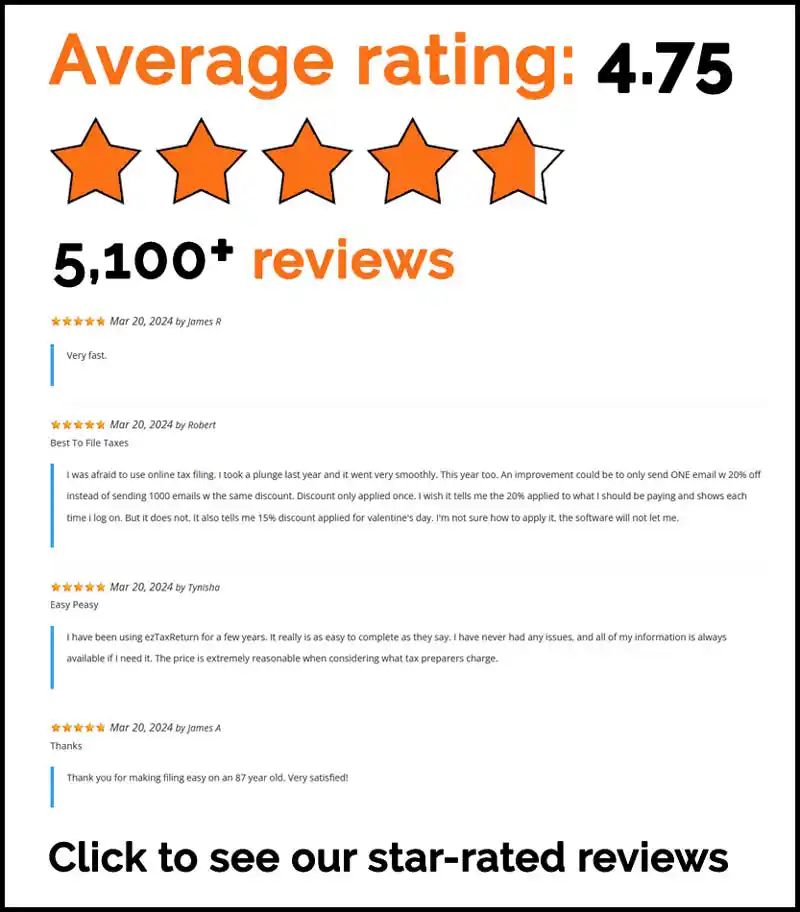The information in this article is up to date for tax year 2024 (returns filed in 2025).
If you’re looking to save for retirement or just trying to boost your financial wellness, you might have heard of the Saver’s Credit. This little-known tax break could help you put more money into your retirement accounts without paying extra taxes. So, if you’re saving for your future, understanding the Saver’s Credit could be a game changer. Whether you’re new to saving or just need a refresher, keep reading to learn how you can qualify for this credit and maximize your savings potential!
What is the Saver’s Credit?
The Saver’s Credit, also known as the Retirement Savings Contributions Credit, is a non-refundable tax credit designed to encourage low- and moderate-income individuals to save for retirement. This tax credit provides a valuable incentive to help you build a nest egg for your golden years. If you contribute to a qualified retirement plan, such as a 401(k), 403(b), or an Individual Retirement Account (IRA), you may be eligible for this credit. By reducing your tax bill, the Saver’s Credit makes it easier to set aside money for the future.
Who Qualifies for the Saver’s Credit?
The Saver’s Credit is available to taxpayers who contributed to any of a wide variety of retirement accounts, including traditional IRAs, Roth IRAs, ABLE accounts, and 401(k)s. Making an IRA contribution can significantly impact your eligibility for the Saver’s Credit. You may be eligible for the tax credit regardless of what other tax advantages your retirement account already provides.
Unfortunately, there are quite a few limitations on eligibility for the tax credit. The first of these limitations is an income cap. The credit is designed to incentivize retirement investments among taxpayers who would otherwise be less likely to save.
In addition, the Saver’s Credit is only available to adults, aged 18 or older, who are not claimed as dependents on anyone else’s tax return. Another disqualifying factor is enrollment as a student. If you were a full-time student during five or more months of the year, you are not eligible for the credit.
Income Limits and Credit Amounts
The Saver’s Credit is subject to income limits, which vary based on your filing status. For the 2024 tax year, the income limits are as follows:
- Married filing jointly: $76,500
- Head of household: $57,375
- All other filing statuses: $38,250
The amount of the credit is calculated based on your adjusted gross income (AGI) and the amount you contribute to a qualified retirement plan. Depending on your AGI and filing status, the credit can be worth 50%, 20%, or 10% of the first $2,000 you contribute to a retirement account. The maximum credit amount is $1,000 for single filers and $2,000 for married couples filing jointly. This means that by contributing to your retirement plan, you can significantly reduce your tax liability.
How to Claim the Saver’s Credit
To claim the Saver’s Credit, you need to complete Form 8880, Credit for Qualified Retirement Savings Contributions, and attach it to your tax return (Form 1040). Completing Form 8880 involves providing information about your qualified retirement savings contributions and calculating the credit amount. If you’re unsure about your eligibility or need assistance with the claim process, ezTaxReturn can help ensure you get the credit you deserve.
Eligible Retirement Accounts
The Saver’s Credit is available for contributions made to a variety of qualified retirement plans, including:
- Employer-sponsored retirement plans, such as 401(k), 403(b), and 457 plans
- Traditional and Roth Individual Retirement Accounts (IRAs)
- Annuity contracts
- ABLE accounts
By contributing to any of these retirement plans, you not only secure your financial future but also potentially qualify for a tax credit, reducing your overall tax burden.
How Much Can You Save?
The Saver’s Credit offers tax savings of up to $1,000 per person, and it is a nonrefundable tax credit, not a deduction. Unlike a tax deduction, which only reduces your taxable income, the Saver’s Credit directly lowers the amount of taxes you owe. The exact size of your credit depends on four factors: Your adjusted gross income, your total tax liability, your filing status, and your retirement account contributions during the tax year.
Form 8880 provides a credit of 50%, 20%, or 10% of your retirement account contributions depending on your total adjusted gross income.
For tax year 2024, married couples filing jointly can receive the full 50% of their contributions only if their adjusted gross income is under $46,000. For head of household, that cutoff is $34,500, and for everyone else, just $23,000.
The cutoff to receive a 20% credit is $50,000 for married couples filing jointly, $37,500 for head of household, and $25,000 for all other filers. All other eligible filers receive a 10% credit.
The other major limiting factor is that the credit is only based on the first $2,000 that you contribute to a qualifying retirement account. If you contribute more than $2,000, it won’t disqualify you from the credit, but it won’t increase your savings either. For married couples filing jointly, each spouse can claim a credit based on the first $2,000 that they have contributed.
Lastly, it’s important to note that the Saver’s Credit is non-refundable. This means that the credit can never exceed your total tax liability and cannot result in a tax refund. (For example, if you would otherwise be eligible for a $1,000 credit but only owe $600 in taxes, your credit is reduced to $600.)
Conclusion
The Saver’s Credit is a great opportunity for you to save hundreds or thousands of dollars and reduce your tax liability. If you don’t have a retirement account yet, the credit offers a strong incentive to start one.
Want to claim the Saver’s Credit and other tax benefits? File your taxes with ezTaxReturn—fast, easy, and secure. Start today and get your maximum refund!
The articles and content published on this blog are provided for informational purposes only. The information presented is not intended to be, and should not be taken as, legal, financial, or professional advice. Readers are advised to seek appropriate professional guidance and conduct their own due diligence before making any decisions based on the information provided.




